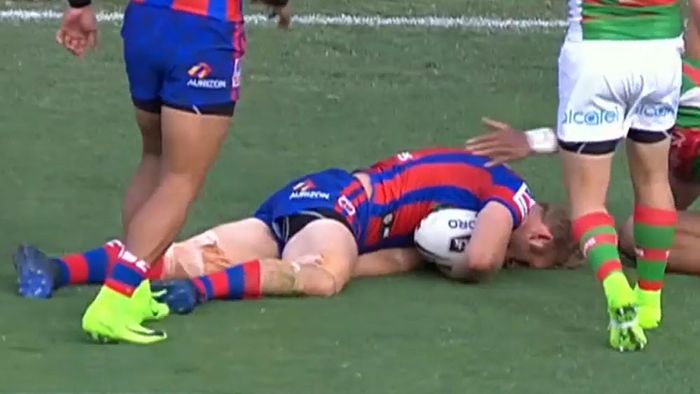First Aid Courses Canberra provide all the training needs of you and your family. We provide first aid courses Canberra with great trainers, excellent hands on experiences and free first aid manuals, parking and CPR face mask.
Women who are exposed to polluted air and stressful situations during their pregnancy are more likely to have children with asthma, a new study claims.
Boys whose mothers were exposed to both of the risk factors were more likely to develop the condition by age six.
Researchers at Mount Sinai said there was already a known link between the race of the mother and the likelihood of being exposed to air pollution.
Now the experts are saying these factors contribute to the respiratory health disparities that ethnically mixed urban populations commonly have.

Women who are exposed to polluted air while they are stressed, have an increased chance their children will have asthma, a new study claims
Lead author Dr Alison Lee, of the Icahn School of Medicine at Mount Sinai, said the research was done to examine why these factors contribute to poor respiratory health in urban communities.
She said: ‘We know from prior research that lower income, ethnically mixed urban populations are more greatly burdened with asthma and other respiratory health problems.
‘Given that populations disproportionately exposed to ambient air pollution are also more likely to be exposed to social stressors such as financial strain, discrimination, housing difficulties, and crime or violence, we were particularly interested in combined effects of both factors starting in early development, even in pregnancy.’
The study looked at more than 700 women who were primarily African-American and Latina, and were pregnant and living in urban settings.
The researchers found that being exposed to high amounts of air pollution during a woman’s second trimester increased the odds for the child developing asthma.
When this was combined with mothers reporting being stressed during this time period, boys had an increased chance of having asthma.
Dr Lee added: ‘Prevention is not a matter of eliminating stress but rather, we need to develop strategies to reduce stress to more normative levels – for example, implementing prenatal programs that provide resources to address the more prevalent stressors or to promote better coping strategies, particularly among disadvantaged, high-risk populations.’
In a recent study by experts at the University of California, Berkeley, they found a correlation between children and teenagers exposed to high levels of traffic pollution and premature aging and asthma.
Those with higher levels had a specific type of DNA damage called telomere shortening – the main cause of age-related break down of our cells.
Telomeres are vital to our health – they can be described as the caps at the end of each strand of DNA that protect our chromosomes, like the plastic tips at the end of shoelaces.
‘Children may be especially vulnerable to the effects of telomeric DNA damage due to their physical development as well as developing immune system,’ wrote Dr John Balmes from the University of California, Berkeley, and his colleagues who carried out the study published in the Journal of Occupational and Environmental Medicine.
A new study by the Imperial College London found the first evidence that diesel fumes can cause coughing and shortness of breath.
It was known that people with asthma are worse affected than those in less polluted areas.
Researchers can now explain the effect of diesel particles, which are so tiny that the body mistakes them for natural molecules and draws them deep into the lungs.
They discovered diesel fumes trigger a receptor in the airway, starting a chain reaction which causes nerves in the lungs to fire wrongly.
Read more: http://www.dailymail.co.uk/health/article-4531750/Stressed-women-likely-children-asthma.html#ixzz4hriHwzug
Follow us: @MailOnline on Twitter | DailyMail on Facebook




